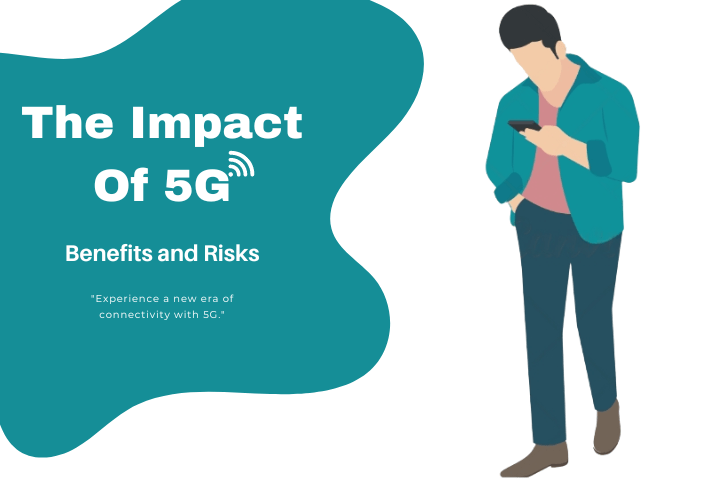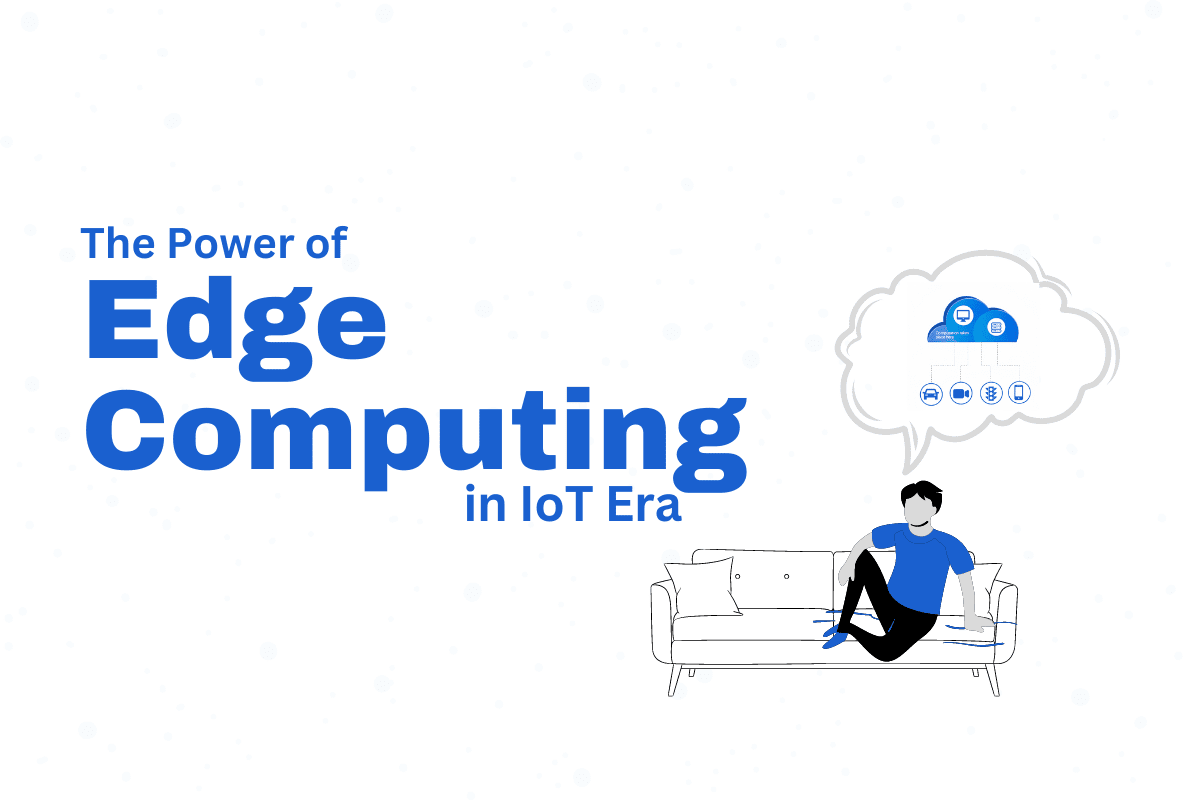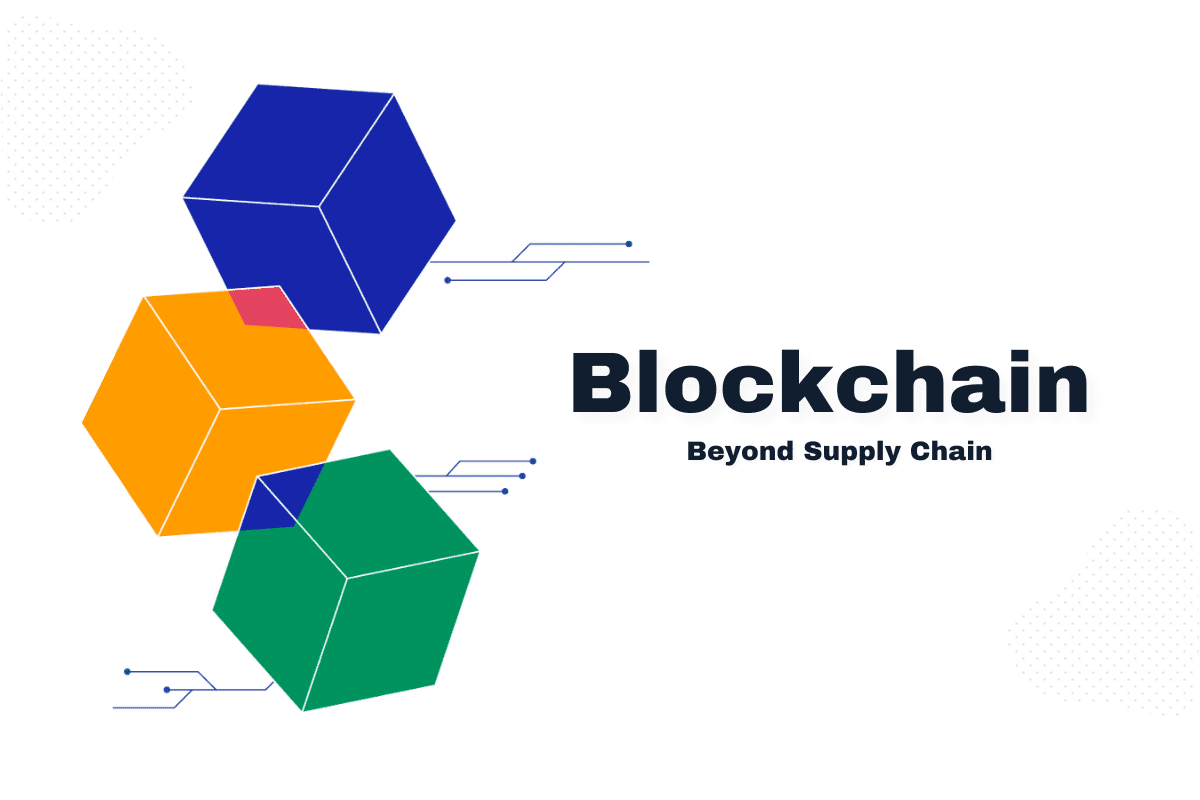The impact of 5G in the fifth era of wireless web technology promises to revolutionize contact, work and life. 5G will bring a new era of connectivity that enables innovations in healthcare, transportation, entertainment, and more, with faster speeds, lower latency, and increased capacity.
What is 5G?
5G is the fifth era of wireless web technology that pledges more instantaneous rates, low latency, and increased ability. Enabling innovations in healthcare, transportation, and more, it is set to revolutionize how we communicate, function, and live. With its high-frequency radio locks, 5G can transmit data up to 20 times faster than 4G.
Critical Factors of 5G
Three key factors define the 5G web: rate, latency, and capability. With 5G, the data transfer rate can reach up to 10 gigabits per second, compared to the maximum of 1 gigabit per second for 4G. Additionally, 5G has a latency of less than one millisecond, meaning it can transmit data near-real-time. Finally, 5G can keep up to 1 million devices per square kilometer, making it ideal for densely populated areas.
Benefits of 5G
The benefits of 5G are significant and far-reaching:
- It will enable the growth of new technologies that require high-speed connectivity and low latency, such as independent automobiles, remote surgery, and boosted actuality.
- 5 G will improve the quality of life for people in remote and underserved areas by providing dedicated high-speed connectivity.
- 5 G will enhance the efficiency of industries, such as manufacturing and logistics, by enabling real-time monitoring and optimization.
Moreover, 5G will enable the growth of smart cities, where connected devices and sensors will help optimize traffic flow, reduce energy consumption, and improve public safety. Finally, 5G will also drive innovation in the entertainment industry, enabling new forms of interactive media, such as virtual reality and 360-degree video.
Risks of 5G
Despite the many benefits of 5G, we must address its risks.
Secondly, High-frequency radio waves in 5G have a shorter range than 4G. It requiring more base stations and increasing the number of antennas and potential health risks from electromagnetic radiation.
Finally, 5G also presents cybersecurity risks. With the increased number of connected devices, the potential for cyber attacks increases, making it crucial to ensure that security measures are in place to protect against threats.
Conclusion
The impact of 5G is set to revolutionize our lives and work with faster speeds, low latency, and increased capacity. The benefits of 5G are significant, including enabling the growth of new technologies, improving the quality of life in remote and underserved areas, and enhancing the efficiency of industries. However, some risks need to be addressed, including the high cost of infrastructure, potential health risks, and cybersecurity threats. It is essential to address these risks and ensure that the benefits of 5G are maximized while minimizing any negative impacts.




